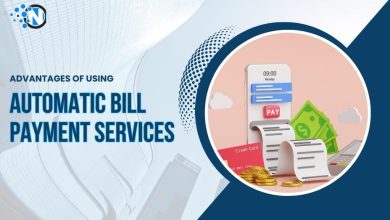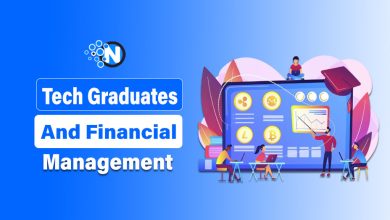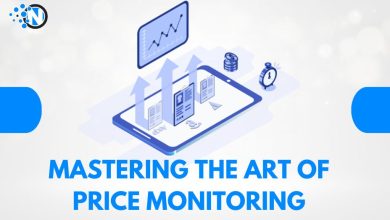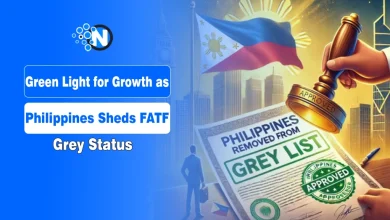Tips and Tricks to Pay Off Your Credit Card Debt
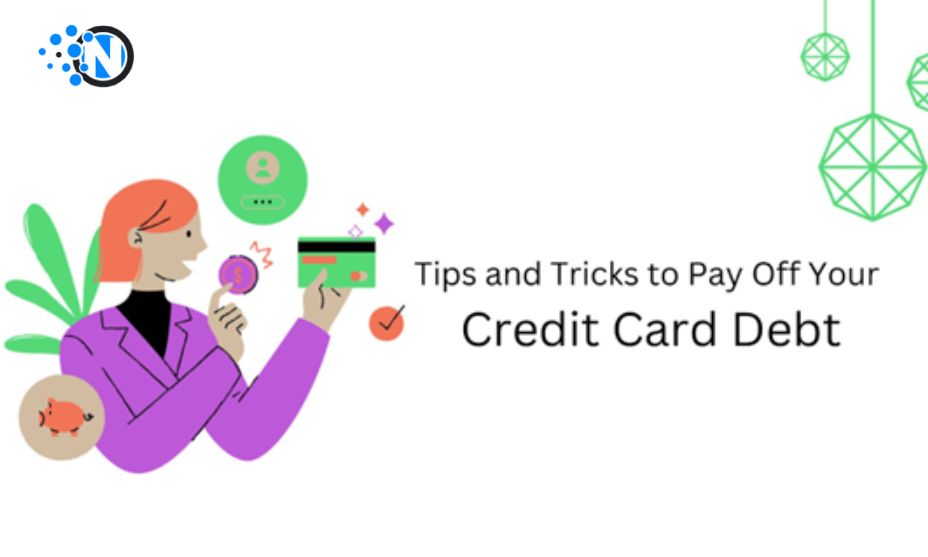
Credit card debt can quickly snowball out of control. According to a recent survey, the average household carrying credit card debt has a balance of $6,194. At a typical interest rate of around 16%, this costs over $1,000 a year in interest payments alone.
The good news is that with the right plan and money management strategies, you can become credit card debt-free. This guide will explore tips and tricks to pay off credit card balances quickly and efficiently.
The Importance of a Strategic Approach
When it comes to tackling credit card debt, having a strategy tailored to your unique financial situation is vital. Without a plan, it’s easy to become overwhelmed by minimum payments and high-interest charges. Formulating a step-by-step approach helps streamline the payoff process.
The best debt repayment method depends on factors like your income, expenses, credit score, and personal preferences. Evaluating your circumstances will lead to a strategic plan you can stick to.
It is observed that in the U.S., the average credit scores by age show Gen Z (18-25) has the lowest average credit score at 679, while the Silent Generation (77+) has the highest at 760.
While understanding the significance of the strategic approach sets the foundation, the real magic lies in the specific strategies one employs. Let’s delve into some of the most effective tactics that have helped countless individuals navigate their credit card debt.
Strategies to Expedite Credit Card Debt Payment
Assess Your Debt
Before you can tackle your credit card debt, you need to know exactly how much you owe. Gather all your credit card statements and list each card’s outstanding balance, interest rate, and minimum payment. This will give you a clear picture of your debt and help you prioritize which cards to pay off first.
Create a Budget
A well-structured budget is your best friend when it comes to paying off credit card debt. Start by listing all your sources of income and your monthly expenses. Be honest about where your money is going and identify areas where you can cut back. Allocate a specific portion of your income to debt repayment and stick to it religiously.
Targeting One Debt at a Time
When juggling multiple credit cards, a helpful approach is to put all your extra funds toward one card at a time. After the first card is paid off, roll the amount you were paying on it over to the next card. This debt snowball method lets you eliminate accounts one by one.
The snowball technique builds momentum by celebrating small victories. Knocking out your smallest balance first gives you an early sense of accomplishment to stay motivated.
While the snowball method offers quick wins, it’s essential to consider the long-term implications of your payment habits. This brings us to the importance of paying more than just the minimum.
Read Also: Creative Marketing Ideas for Credit Card Companies
Paying More Than the Minimum
It may be tempting to simply make the minimum payments on your credit cards each month. However minimum payments are calculated to prolong the repayment process and maximize interest charges over time.
Even a small purchase can take years to pay off if you only pay the minimum. Contributing any extra funds available accelerates debt elimination.
While paying more than the minimum can significantly reduce your debt timeline, sometimes, the sheer number of debts can be overwhelming. This is where consolidating your debt into one manageable payment can be a game-changer.
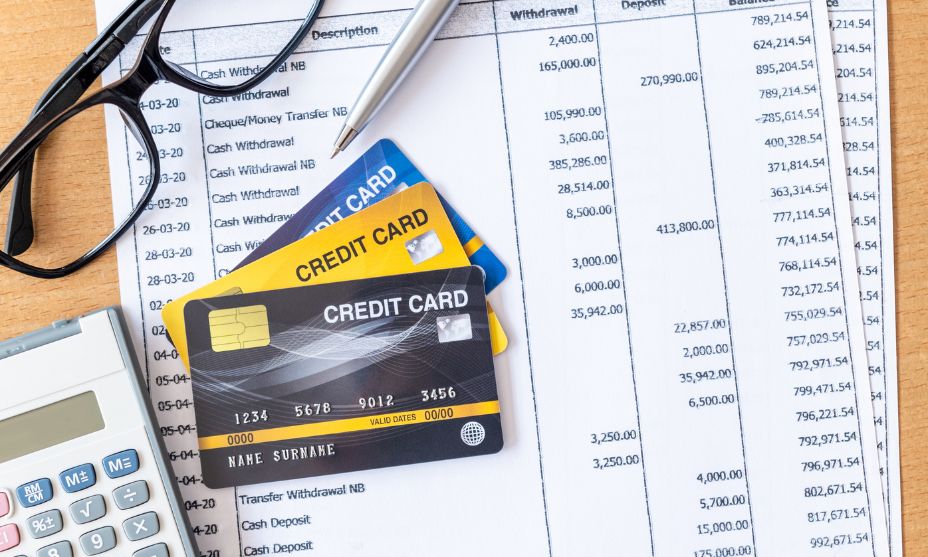
Consolidating Debt
Debt consolidation streamlines repayment by rolling multiple high-interest debts into one lower-rate loan or balance transfer card. This reduces the number of monthly payments while saving on interest. Many people choose to consolidate credit card debt as a way to manage their finances more effectively.
Balance transfer cards offer a powerful consolidation tool with 0% intro APR periods. However, it’s vital to pay off the entire balance before the promotional rate expires to avoid deferred interest.
As we’ve explored the benefits of consolidation, it’s equally crucial to address the root cause of accumulating debt. A closer look at our spending habits can offer valuable insights and actionable steps to prevent future debt accumulation.
Reviewing and Adjusting Spending Habits
Becoming conscious of where your money is going each month is key to freeing up cash flow for debt repayment. Try categorizing expenses to identify areas of wasteful spending. Allocating every extra dollar possible toward credit card balances can significantly speed up the payoff timeline.
Windfalls like tax refunds or bonuses should be directed toward knocking out balances. Avoid the temptation to take on new debt once existing accounts are paid off. Sticking to a budget and spending mindfully are critical skills on the journey to becoming debt-free.
Frequently Asked Questions
- What are the potential drawbacks of consolidating credit card debt?
While consolidation can lower interest rates, there are often fees like balance transfer fees or home equity closing costs. It’s also crucial to avoid racking up new credit card debt after consolidating existing balances.
- How does the snowball method differ from focusing on high-interest debt?
With the snowball technique, you prioritize paying off the smallest balance first to build momentum. Targeting high-interest debt pays off the most expensive credit card first to save on interest charges.
- Why is it recommended to pay with cash or a debit card instead of a credit card?
Cash and debit payments help avoid overspending and eliminate credit card fees. Making deliberate purchasing decisions with cash can curb unnecessary spending.
Final Thoughts
Paying off credit card debt requires dedication and smart financial strategies. By assessing your debt, creating a budget, prioritizing high-interest balances, and exploring consolidation options, you can take control of your financial future. This also helps you utilize your credit card wisely to acheive your financial goals.
Remember to stay disciplined, avoid accumulating new debt, and seek professional help if needed. With persistence and patience, you can achieve the peace of mind that comes with being debt-free and on the path to financial success. Start implementing these tips and tricks today, and watch your credit card debt shrink as your financial well-being grows.

